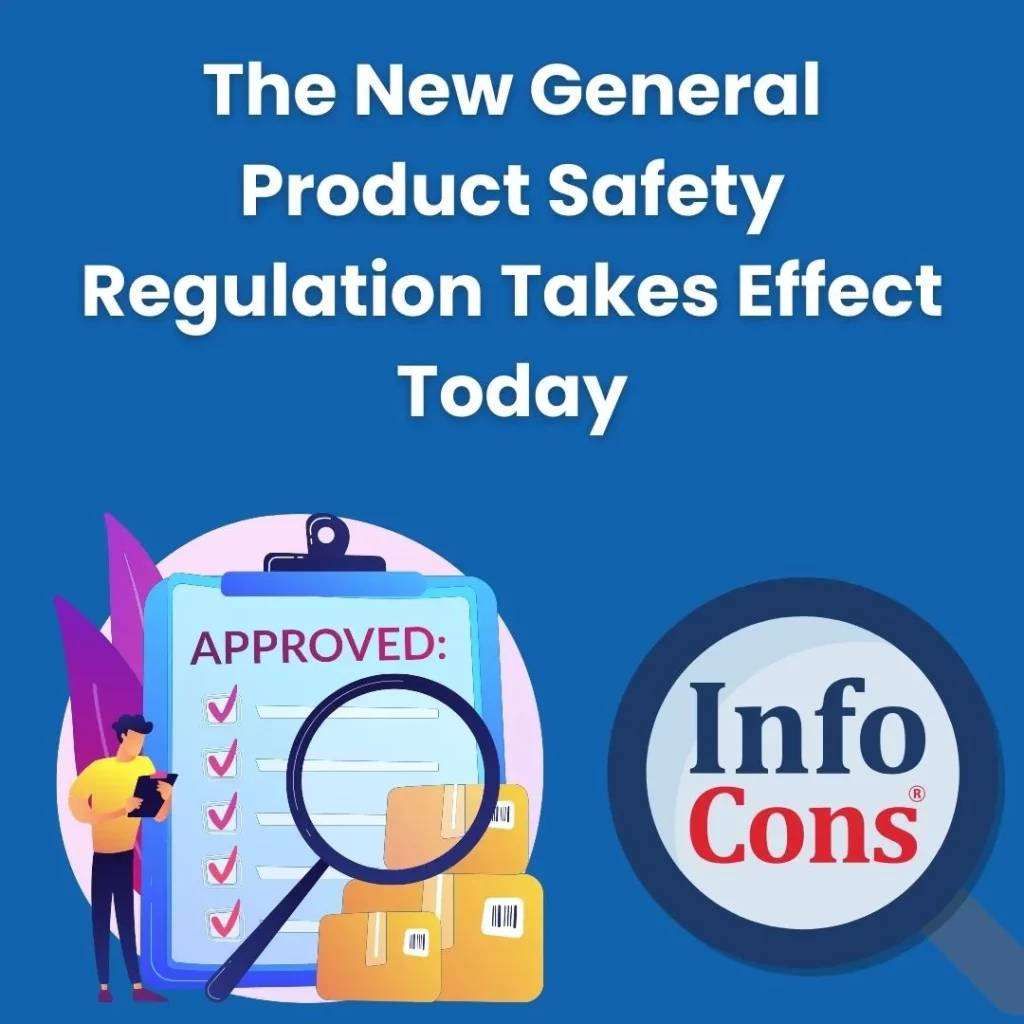
As of today, 13 December 2024, the General Product Safety Regulation (GPSR) comes into effect, ushering in a modernized framework for ensuring the safety of non-food products in the European Union. This regulation replaces the 20-year-old General Product Safety Directive and the Food Imitating Product Directive, responding to the evolving challenges posed by technological advancements and the increasing prevalence of online sales channels.
Key Features of the GPSR
The GPSR is designed to safeguard EU consumers by establishing comprehensive rules applicable to all non-food products sold via any channel—be it physical stores, online platforms, or cross-border marketplaces. Its “safety net” principle ensures protection against dangerous products or risks not addressed by other EU legislation, guaranteeing consumer safety even as new technologies and products emerge.
Read also : Intellectual Property Challenges in the Digital Age : Online Copyright Infringement in the EU
Core Objectives of the General Product Safety Regulation
- Ensuring Product Safety:
- All consumer products must be demonstrably safe, addressing potential risks throughout their lifecycle, including those posed by software updates or emerging technologies.
- The precautionary principle is applied broadly, requiring manufacturers and businesses to act preventively when there is scientific evidence of potential hazards, even if uncertainty remains.
- Enhancing Consumer Protection:
- Consumers are equally protected whether they shop online or in physical stores, with specific safety obligations for online marketplaces.
- Greater emphasis is placed on addressing vulnerabilities among certain groups, such as children, with measures to mitigate risks from food-imitating or child-appealing products.
- Improved product recalls include standardized recall notices and clear, timely, and cost-free remedies for consumers.
- Enhanced communication channels empower consumers to report unsafe products and accidents easily, enabling effective follow-up by businesses and authorities.
- Boosting Traceability and Enforcement:
- Businesses must ensure robust traceability of their products across the supply chain, enabling authorities to identify and act against dangerous goods more effectively.
- A responsible person located in the EU must be designated for all non-EU products, serving as a contact point for consumers and market surveillance authorities.
- The GPSR reinforces the role of national authorities by providing them with tools like undercover shopping and the power to block websites selling unsafe products.
- Creating a Level Playing Field for Businesses:
- Clearer rules and uniform application of safety standards across the EU enhance legal certainty for businesses, reducing disparities in compliance requirements.
- The regulation introduces penalties stringent enough to discourage non-compliance and supports SMEs with practical guidelines for adhering to product safety laws.
- By combating rogue traders, the GPSR ensures fair competition and protects diligent companies from being undercut by unsafe products.
Read also : ICI Bucharest , in partnership with InfoCons , launches the ENKIVERS project
Innovations and Updates in the GPSR
The GPSR introduces several new measures to address contemporary challenges:
- Precautionary Principle: Encouraging preventive actions by all stakeholders when risks to health and safety are identified.
- Obligations for Online Marketplaces: Specific safety requirements aim to align consumer protection standards across digital and physical sales channels.
- Enhanced Product Traceability: Businesses must maintain detailed records of product origins and supply chain activities to enable swift corrective actions when necessary.
- Mandatory Reporting: Companies must report accidents related to their products to authorities promptly, ensuring transparency and accountability.
- Reinforced Recall Procedures: A standardized template for recall notices and consumer rights to remedies make product recalls more effective and consumer-friendly.
- Market Surveillance Tools: Authorities gain powers to monitor, investigate, and restrict the circulation of dangerous products, including those from outside the EU.
- Safety Gate Improvements: Enhancements to the EU’s rapid alert system facilitate faster and more efficient communication about hazardous products.
Read also: The Role of Consumer Empowerment in Achieving a Green Transition
Implications for Consumers and Businesses
For Consumers: The GPSR significantly improves consumer safety, granting better protection against hazardous products while simplifying the process of reporting risks and obtaining remedies. The inclusion of specific safeguards for vulnerable groups underscores its commitment to inclusive safety measures.
For Businesses: The regulation establishes uniform safety standards, ensuring that businesses operating within the EU compete on equal terms. By demanding stricter compliance and fostering transparency, the GPSR benefits responsible operators while deterring unsafe practices.
The General Product Safety Regulation represents a major step forward in the EU’s approach to product safety. By addressing the complexities of modern markets and technological advancements, it ensures that all products—regardless of their origin or sales channel—meet high safety standards. This regulation not only protects consumers but also promotes fair competition and trust in the EU market, marking a new chapter in safeguarding public health and well-being.
Source : European Commission
InfoCons – European Organization for Consumer Protection and Promotion of Programs and Strategies , a full member of the World Organization Consumers International , founding member of the Federation of Consumer Associations , and member of ANEC .